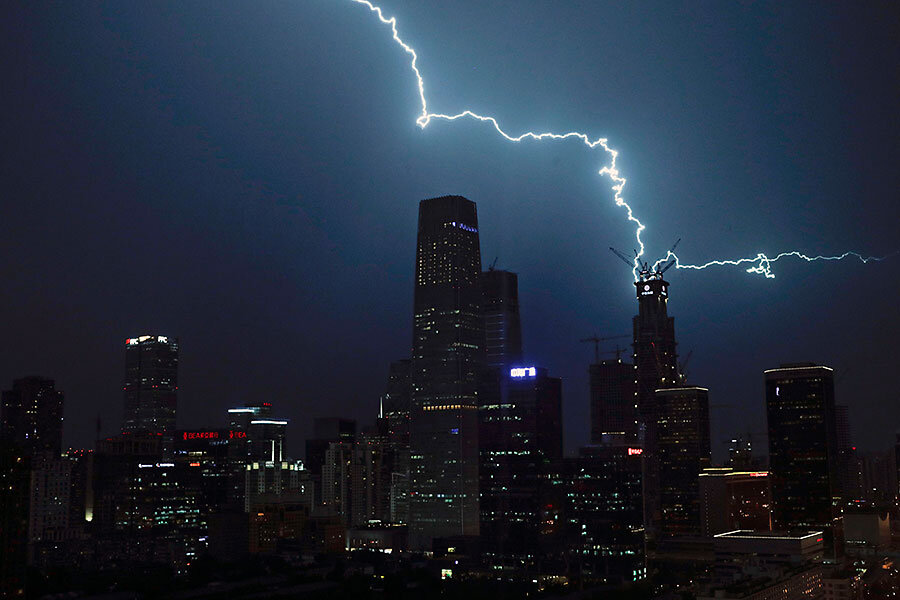Scientists identify world's longest lightning bolts
Scientists this week announced that lightning can travel much farther and last much longer than previously thought.
The conclusion is based on observations of a 2007 storm in Oklahoma that produced a lightning bolt nearly 200 miles long, nearly half the width of the state. The longest-lasting flash was observed in southern France, where a single flash in 2012 lasted for 7.74 seconds. Most lightning bolts last less than a second and travel only a few miles.
“We should be more aware of lightning if we can have lightning that can travel 200 miles," said Randy Cerveny, the spokesman on weather and climate extremes for the World Meteorological Organization, which added, for the first time, lightning to its list of extreme weather events. This list includes records for heat, cold, wind speed, rainfall and other events, according to an announcement from the group.
Reporting in the Bulletin of the American Meteorological Society Tuesday, scientists said that that the Oklahoma lightning bolt shot from Tulsa, Okla., westward, nearly to the Texas border. It touched the ground in several places.
"The lightning can start tens or hundreds of miles away and then come back to where you are," said Timothy Lang, a researcher at NASA's Marshall Space Flight Center in Huntsville, Ala. "You have to be careful of where the lightning is coming to ground, even though the storm is past."
Of course not all storms have extreme lightning like that observed in Oklahoman and French storms. The Oklahoma bolt came in the midst of a particularly bad patch of weather early on June 20, 2007. Ground lightning sensors tracked the bolt's path.
"Most lightning will strike within the 30-30 rule," said Dr. Cerveny. "The 30-30 rule is one that we still want to stress and make sure people are aware of ... but it does demonstrate that lightning can hit far from where the storm actually is."
The "30-30" rule stipulates that if thunder follows lightning within 30 seconds, people should go inside for 30 minutes for safety. If it takes longer, it's safe to stay outside.
Studying lightning is important because it can be fatal when it strikes. This year, 35 deaths have been blamed on lightning strikes, according to data from the National Oceanic and Atmospheric Administration. That's the highest death toll related to lightning strikes in any single year since 2007, reports The Weather Channel.
Though thunder is just the sound of lightening, the rumble arrives after the light flash during a storm, because light travels much faster than sound. The booming sound is a shock wave caused by the rapid expansion of air suddenly heated by the lightning bolt.
This report includes material from the Associated Press







